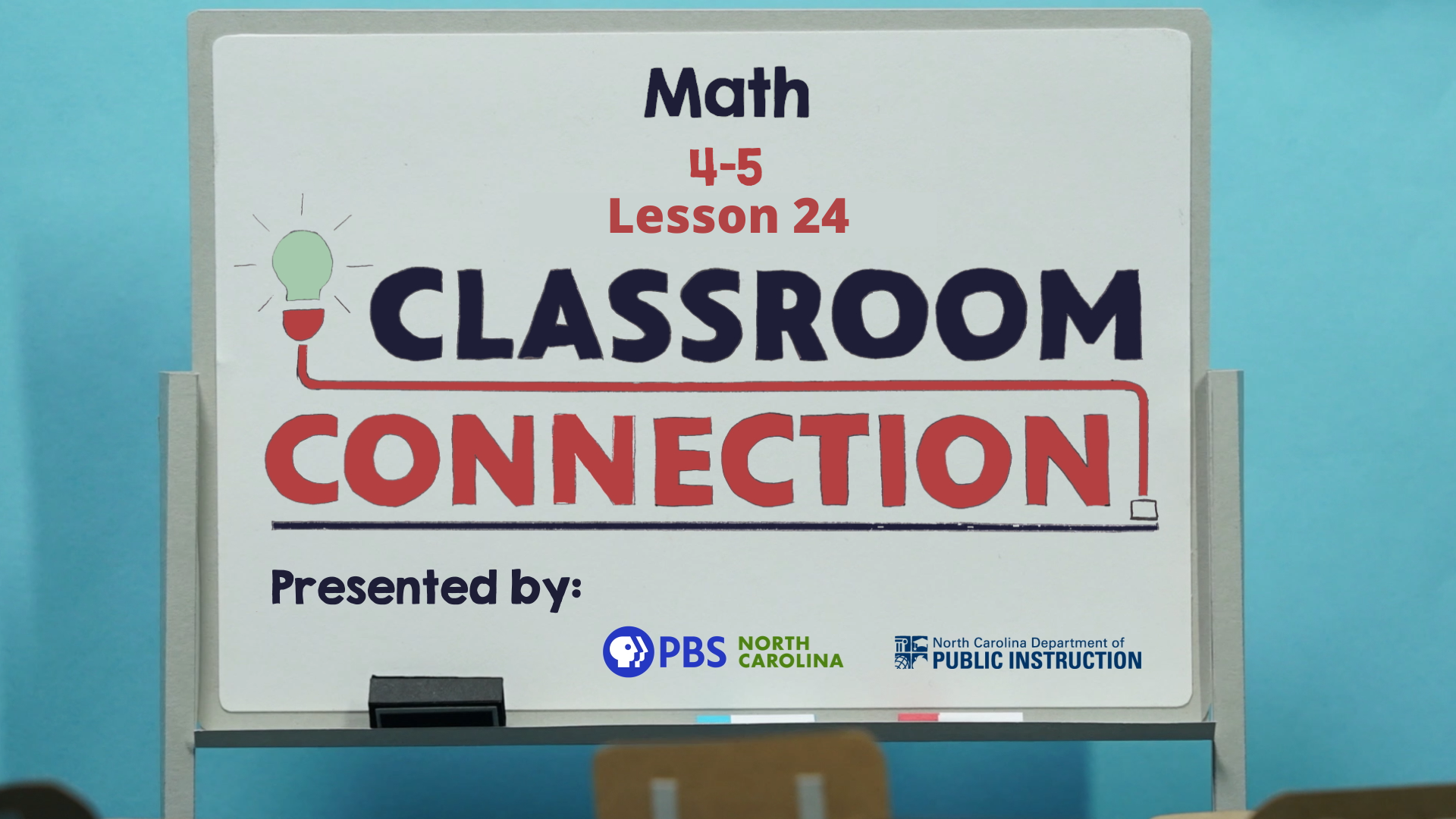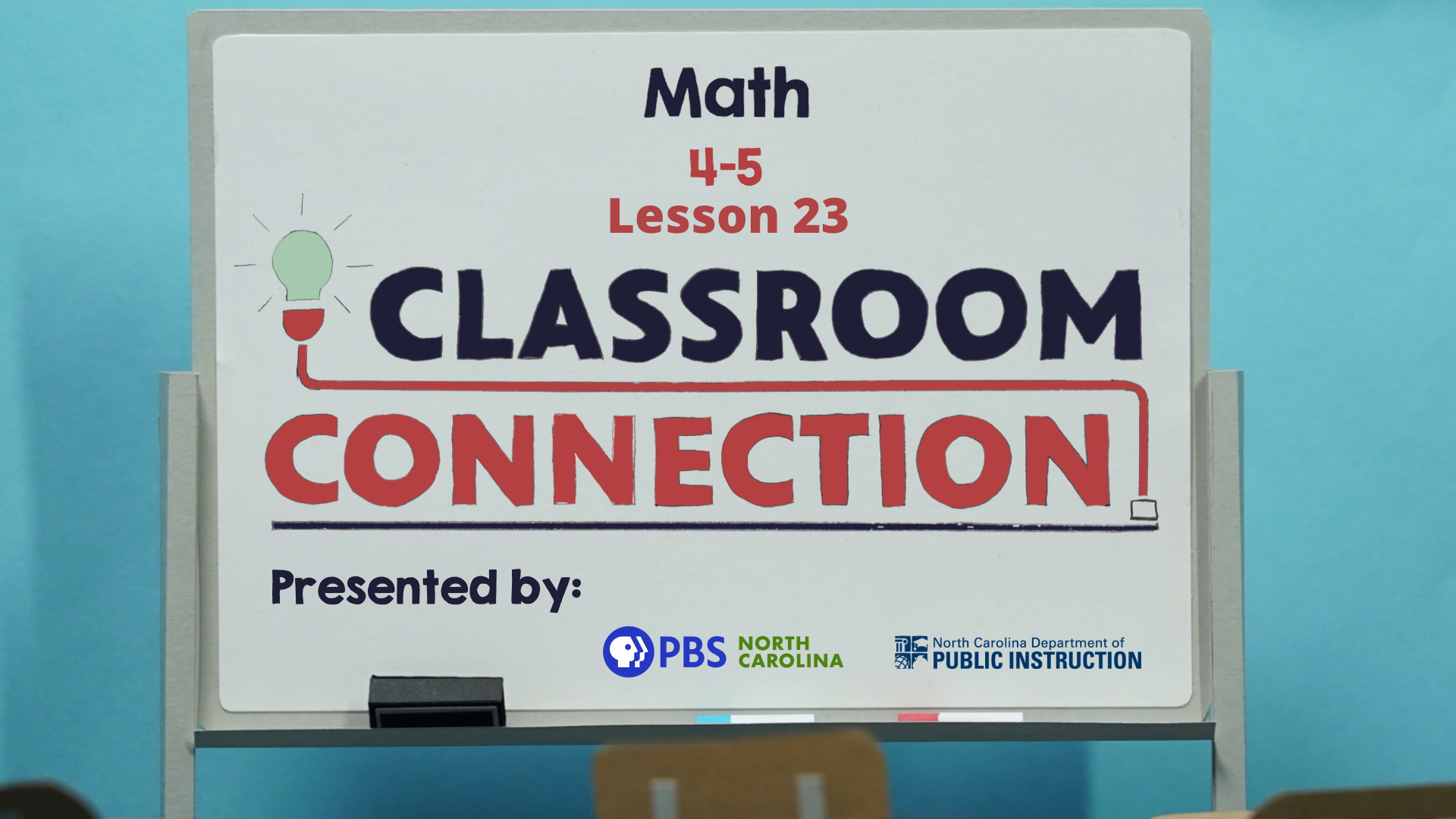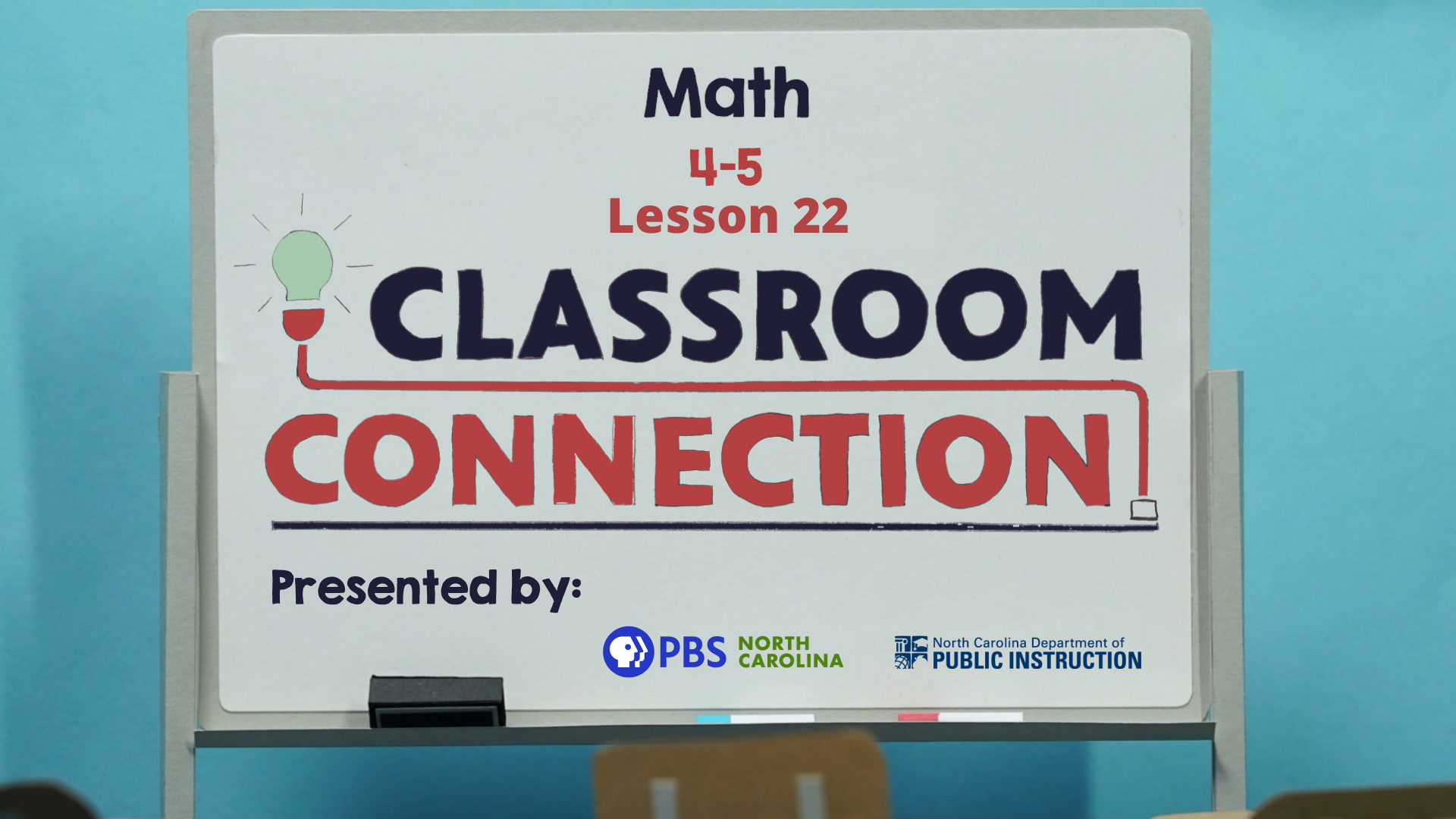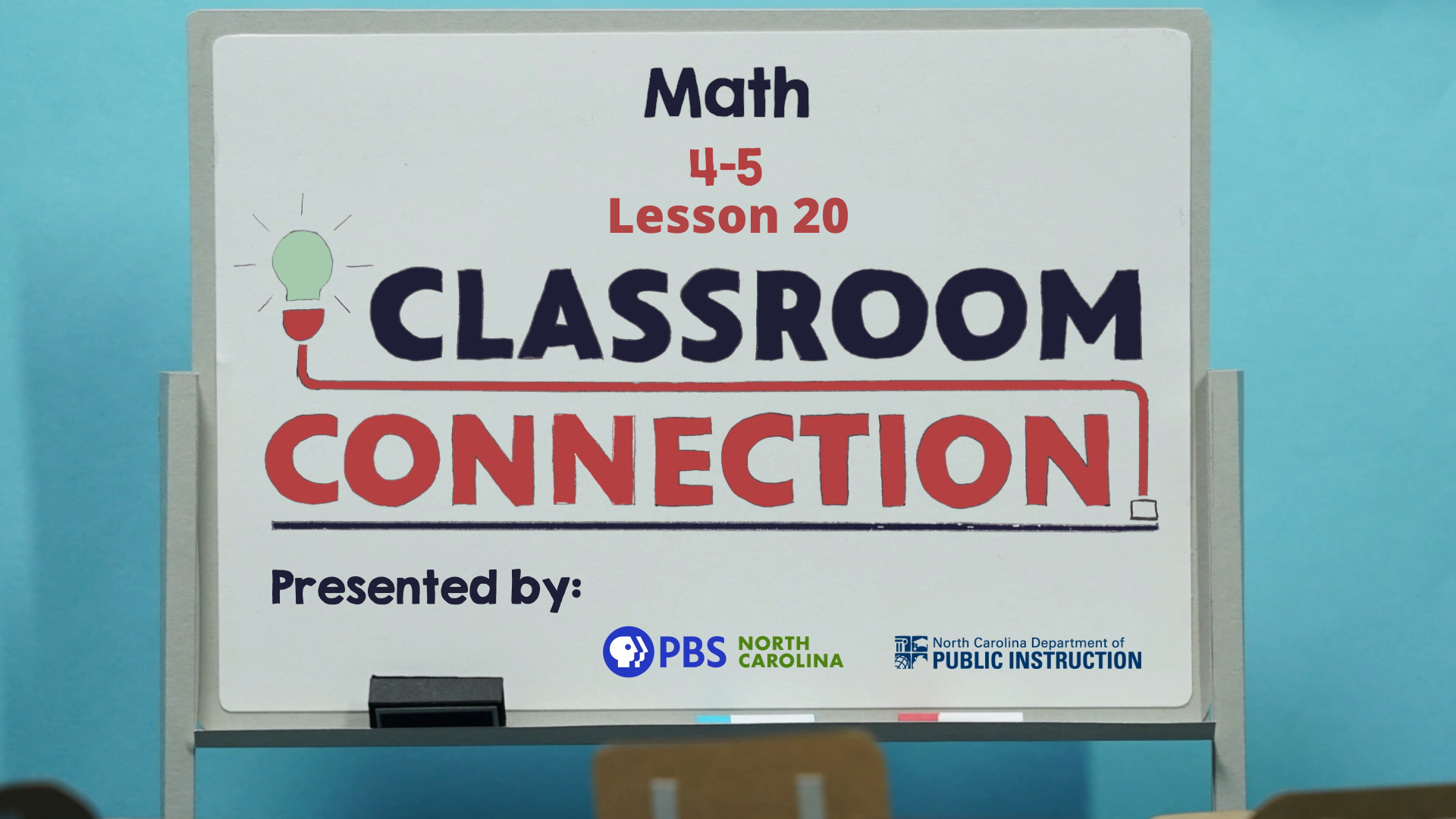Construct viable arguments and critique the reasoning of others. Mathematically proficient students understand and use stated assumptions, definitions, and previously established results in constructing arguments. They make conjectures and build a logical progression of statements to explore the truth of their conjectures. They are able to analyze situations by breaking them into cases, and can recognize and use counterexamples. They justify their conclusions, communicate them to others, and respond to the arguments of others. They reason inductively about data, making plausible arguments that take into account the context from which the data arose. Mathematically proficient students are also able to compare the effectiveness of two plausible arguments, distinguish correct logic or reasoning from that which is flawed, and—if there is a flaw in an argument—explain what it is. Elementary students can construct arguments using concrete referents such as objects, drawings, diagrams, and actions. Such arguments can make sense and be correct, even though they are not generalized or made formal until later grades. Later, students learn to determine domains to which an argument applies. Students at all grades can listen or read the arguments of others, decide whether they make sense, and ask useful questions to clarify or improve the arguments.
Standard Type
Michigan State Math StandardsRelated Lessons

Comparing and Ordering Decimals
Use the number line to place, compare, and order decimals to the hundredths. Use estimation and an algorithm based on place value to add decimals to hundredths. Use the number line to place, compare, order, and add decimals to the hundredths.

Fractions as Decimals
Match visual models to the numbers they represent in fraction and decimal format. Solve problems with decimal fractions. Match visual models to the numbers they represent in fraction and decimal format.

Multiplying and Dividing Fractions
Use visual models and equations to solve problems involving multiplying and dividing fractions. Use models & equations to solve problems involving multiplying and dividing fractions.

Multiplying Fractions
Use visual models, repeated addition, and multiplication to solve problems with equal sized groups. Compare the strategies to see which one is most efficient. Use visual models, addition, & multiplication to solve problems with equal sized groups.

Adding and Subtracting Fractions Part 2
Use estimation and visual models to solve problems involving adding fractions with unlike denominators. Solve problems involving adding fractions with unlike denominators.
